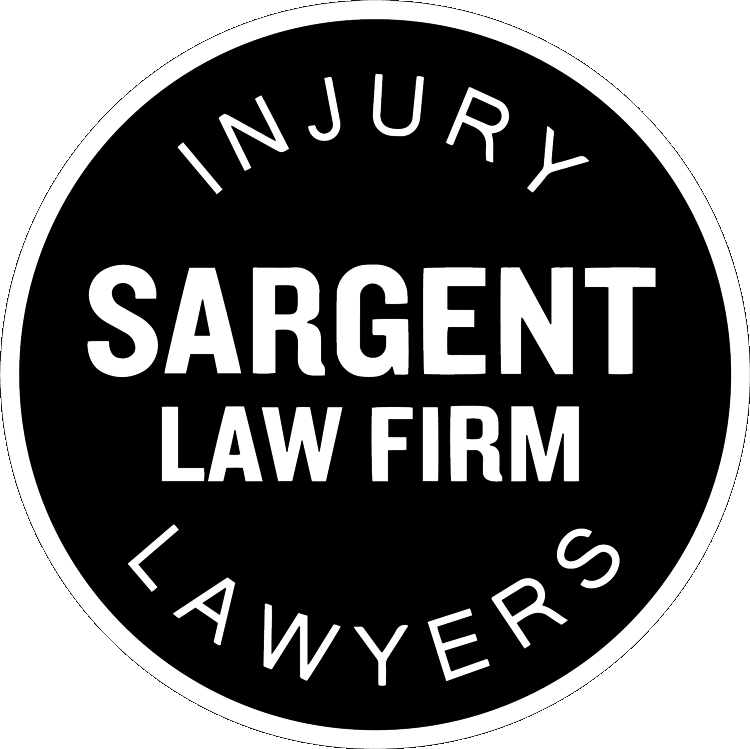If you’ve been injured through the negligence of another person or persons, then you are entitled to recover compensation for your injuries and damages. Typically, you will pursue a personal injury claim to receive this compensation from the insurance policy of the at-fault party. However, it is not always as simple as it sounds, and there are multiple considerations to take into account when it comes to determining liability and proving your damages. For instance, you need to know how joint liability or several liability might apply to your claim. This is where it helps to have the advantage of an experienced California personal injury attorney on your side.
The First Step is to Establish Who is Liable for Your Injuries
Before you can begin your California personal injury claim, you’ll need to know who you are filing that claim against. This would be the liable party or parties who are legally responsible for compensating your losses because their negligence or fault caused your injuries to occur. It is essential to name the right individual or individuals when you file an insurance claim or a lawsuit. If more than one person is liable in your personal injury claim, then you will need to name each of the liable parties or defendants. This is where the concepts of joint liability and several liability come into play.
Types of Personal Injuries Where There May Be Multiple Defendants
Depending on where, when, and how your injuries occurred, there may be more than one liable party. In slip and fall cases, for example, there may be multiple defendants if the injury occurred at a grocery store or another location where there may be different property owners and business owners. Then, there are product liability claims in which the manufacturer, the designer, and the retailer might all hold some share of the liability in the personal injury that resulted from the defective product.
Why Is It Important to Name All Responsible Parties in Your Personal Injury Claim?
Many people think that it would be much simpler to just choose one of the responsible parties in a personal injury claim to seek compensation from. You can do this, according to the laws in California and the concepts of joint liability and several liability. This means that you are legally allowed to recover your damages from any individual defendant or from multiple defendants.
Several states use the principle of comparative negligence to decide personal injury claims with multiple defendants. This means that each defendant is only responsible for their percentage of liability. So, if Defendant 1 is 20% responsible for your injuries, then he or she only has to pay for 20% of your damages. If Defendant 2 is 40% liable, then he or she will have to pay no more than 40% of the damages. This is several liability. It is therefore important to pursue a claim against the individual who holds the largest portion of liability or from every defendant who holds any percentage of liability.
California does things a little bit differently, though. Comparative negligence still applies, but there are some differences between economic and non-economic damages. Any of the liable defendants could be held accountable for all of your economic damages (like medical bills, lost wages, etc.), no matter how much liability they have. This is joint liability. When it comes to non-economic damages (like pain and suffering or lost quality of life), then each defendant is only responsible for their percentage of liability.
Learn More About How Joint Liability and Several Liability Apply To Your Claim
If this is all a bit confusing to you, you are not alone. You can learn more about how these concepts apply to your California personal injury claim by contacting the skilled personal injury attorneys in California at The Sargent Firm Injury Lawyers to schedule a free consultation and have all of your questions answered. We will help you to file your claim on time, against the appropriate party or parties, and to recover the maximum amount of compensation owed to you. Call today and schedule your free consultation to get the ball rolling.

